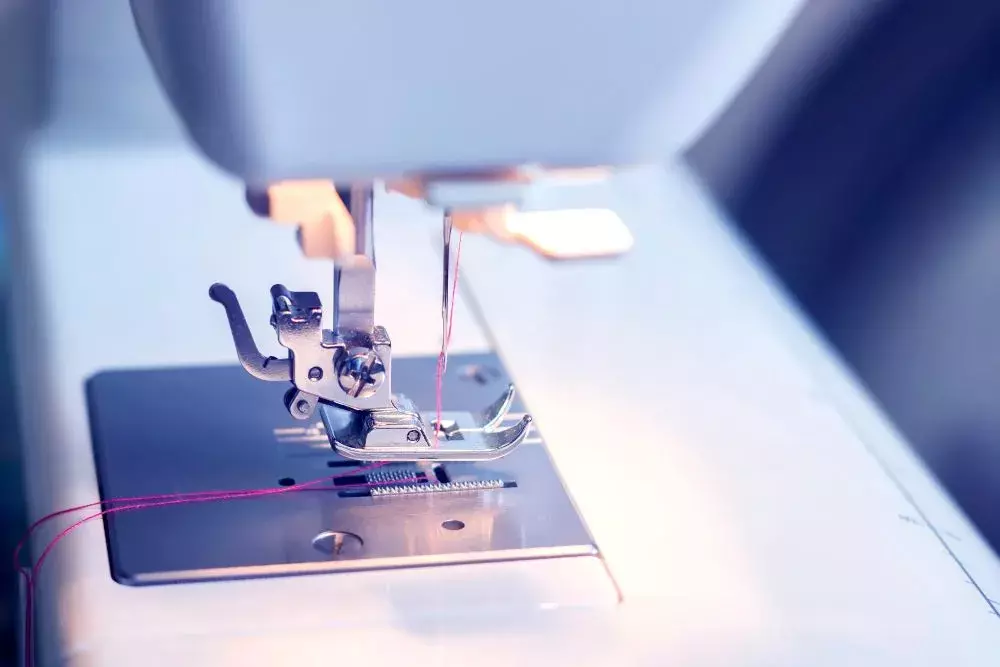When and How to Use a Walking Foot Sewing Machine
2023-06-13
Many sewists are always on the lookout for new sewing machine accessories that could make it possible to improve their skill set, including presser feet. Even advanced sewists can benefit from re-evaluating the different types of presser feet occasionally.
The walking foot is a relatively common presser foot accessory used on sewing machines for a few specific purposes. Here is a closer look at the walking foot machine, how it works, and what types of projects you should use this accessory for.
What Is a Walking Foot Machine?
The walking foot is a type of presser foot that can be used in most standard or professional-grade sewing machines. On any sewing machine, the presser foot is designed to be changeable so that you can install the right one for your stitch, material, and project.
Most sewists use a walking foot machine to stitch thicker fabrics, such as knits, leather, and quilts. The walking foot can also help to apply secure and even stitching on multiple fabric layers. Due to its consistent and dependable stitching application, the walking foot is also called the even feed foot.
How Feed Dogs Work
Understanding feed dogs' purpose helps many sewists grasp how walking feet and other types of presser feet genuinely work.
Every presser foot includes feed dogs, the part of the presser foot that moves the fabric through the presser foot to apply the stitching. As you sew, the feed dogs pull the fabric evenly through your machine so that your stitches are secure and consistent.
If you take a closer look at your presser foot as it works, you’ll see the feed dogs gently bunching the fabric in a smooth and even motion in conjunction with the application of the needle. The feed dogs play a significant role in the effectiveness of your walking foot machine.
The walking foot’s feed dogs are made with special “teeth” that securely grip the fabric as it moves through the sewing machine. This type of presser foot has a feature on the side that looks like a lobster claw.
This piece fits securely over the walking foot’s needle bar and moves up and down in tandem with the needle as it stitches, keeping a steady pace and ensuring that your stitches are strong and durable.
When Should You Use a Walking Foot Machine?
Not sure when to switch out your standard presser foot for a walking foot? Generally, the best time to use a walking foot is when you are working with fabrics that may be difficult to apply even stitches to without extra assistance.
Some examples of fabrics like these include:
- Glossy fabrics, like vinyl and leather
- Stretchy fabrics
- Bulky fabrics
- Multiple layers of thin fabrics.
The additional security of a walking foot’s feed dogs can help ensure that the stitches you apply to these tricky fabrics will stay put.
If you’re stitching different fabrics to one another, such as connecting a knit fabric to a woven fabric, a walking foot will give you more success than some other presser feet.
Additionally, if you’re applying a stitch that will be visible on any type of project, a presser foot will create an aesthetically pleasing, perfectly even stitch that you will be proud to display.
Tips for Using Your Walking Foot Sewing Machine
Check your sewing machine’s manual before switching your standard presser foot for a walking foot. Different sewing machines will have instructions for safely changing your presser foot without damaging your machine.
If you’re new to using a walking foot, start by stitching at a slow pace. This will help you to get the hang of the walking foot’s movements and learn to apply the right amount of pressure to your fabric with your hands.
If you’re able to use material scraps before applying stitches to your final project, this is a great way to practice your walking foot skills with no consequences.
Find Walking Foot Machines and Other Sewing Essentials at GoldStar Tool
We have all the walking foot tools and accessories needed to upgrade your DIY sewing skills. Visit us online at GoldStar Tool today.





